by Jahangir Raina
A few years back, when PDP was in opposition, I had commented somewhere on social media about the manner in which the absence of Abdul Gani Lone paved way for PDP’s initial growth in terms of filling the political vacuum of an alternative to NC. A journalist friend thought I was insinuating that Delhi bumped Lone off to make way for PDP.
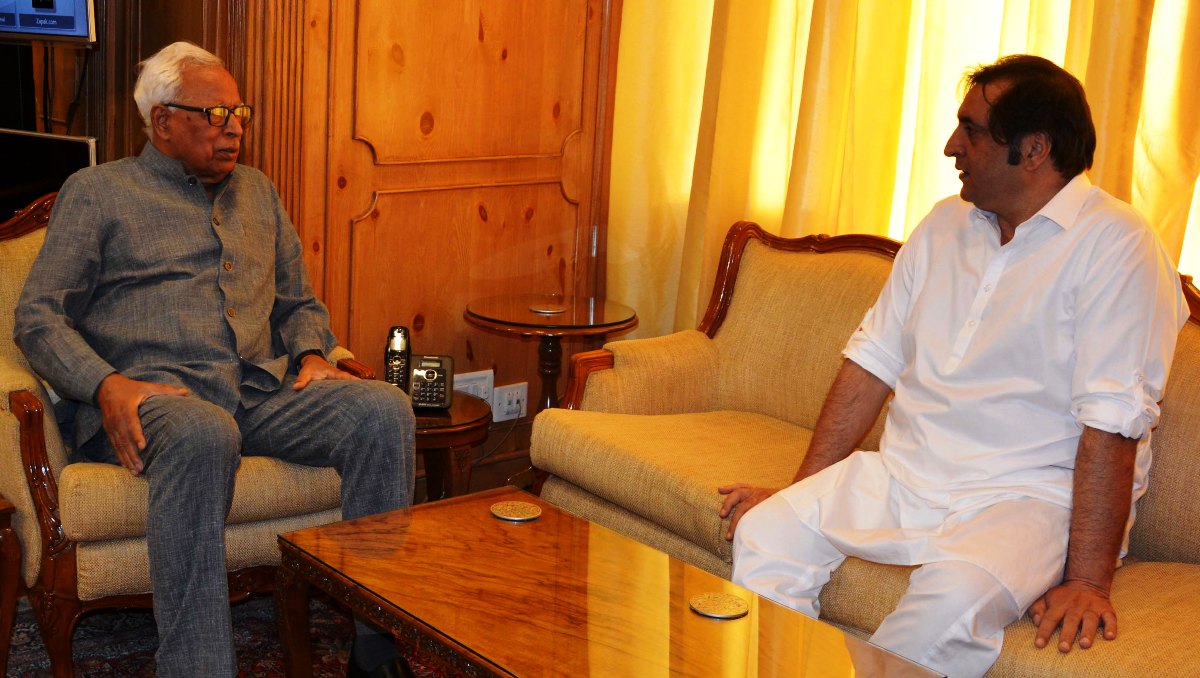
Of course I did not mean to suggest such an intrigue. When the perceived statecraft and deep state machinations border paranoia, I tend to disengage from discussions. Several years after that ‘innocuous’ discussion on social media though, I still maintain that Lone’s absence ensured that PDP became the principal challenger to NC and hence able to penetrate the political space more comfortably.
Towards the end of his life, Lone thought mainstreaming Kashmiris and return of democracy was important. Had Lone been around, his party, the People’s Conference (PC), would have participated in electoral politics. That would have impacted the prospects of PDP. PDP would not have attracted mind-share the way it has over these years.
Surely, Sajad must be aware of that. Surely, Sajad must be aware that his father’s colleagues namely Muzaffar Hussain Beigh, Mohammad Akbar Lone, Nizamuddin Bhat, Engineer Rashid, and few others have over the years cemented political structures – notably PDP – other than People’s Conference of which they were a part once upon a time, and from which they parted ways because PC would not make up its mind about participating in electoral politics.
Incidentally, Late Molvi Iftikhar Ansari, father of Imran Ansari who is leading the rebellion within PDP at present, was one of the founding members of PC. Had Lone lived longer, we would probably have had three mainstream political forces in place today: A PDP with its vote bank in south Kashmir, a shrinking NC catering to the electorate in central Kashmir, and PC with its base in the north.
Is it a mere coincidence, therefore, that the possible new front of defectors is being branded as Northern Alliance? Is it a coincidence that the fissures within PDP have surfaced along those geographical lines as suggested above, a scenario eerily congruent to the one that might have evolved, had Abdul Gani Lone been around? If Sajad articulates the evolution of Northern Alliance both as a reversion to PC and a revival of a political force projected by the north (much like PDP was projected by the south), he can become a serious contender in Kashmir politics.
That is a much stronger pitch for him than an overt romance with BJP, which is seriously short-term and not going down well with the Kashmiris. There is a prospect of a significant pull factor from the electorate in north Kashmir for such a formation, if Sajad is capable of articulating it. The fact is that PDP in the north has grown at the expense of a dormant PC. Sajad will have no qualms in chopping PDP up, therefore. This is possible for him. This is Achievable Partyhood!
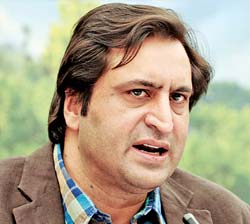 After the turmoil of nineties, no significant political voice evolved in the north. I am guessing that Syed Ali Geelani must be the reason. The separatist leader has an imposing presence and dominates the political space in the north where they see him as their own, though he has enjoyed a valley wide acceptance more recently. Besides the G factor, the sheer dominance of separatist politics in northern Kashmir until recently has precluded emergence of a mainstream political force in the region. No doubt Sajad punctured that status quo somewhat in 2014 assembly elections when he took away two seats.
After the turmoil of nineties, no significant political voice evolved in the north. I am guessing that Syed Ali Geelani must be the reason. The separatist leader has an imposing presence and dominates the political space in the north where they see him as their own, though he has enjoyed a valley wide acceptance more recently. Besides the G factor, the sheer dominance of separatist politics in northern Kashmir until recently has precluded emergence of a mainstream political force in the region. No doubt Sajad punctured that status quo somewhat in 2014 assembly elections when he took away two seats.
Now that the south Kashmir is deeply entrenched in renewed militancy, could the northern districts in the valley start entertaining ideas about incubating a political formation cantered around the north? Since independence, south Kashmir has sent four Chief Ministers to the state assembly – two Muftis – Mufti Sayeed and his daughter Mehbooba, Syed Mir Qasim, and Shamsudin Kath. Srinagar, which is essentially central Kashmir, has given five Chief Ministers to the state – three Abdullahs – Sheikh Mohammad Abdullah, Dr Farooq and Omar – Ghulam Mohmmad Sadiq, and Bakshi Ghulam Mohammad. In comparison, no one from north Kashmir has ever made it to the top slot just yet.
If we go back a little further into Kashmir history, it used to be the opposite during the period of sultanate: poets and litterateurs almost invariably came from south and rulers like Chaks and Shahmiris from the north. Surely such historical observation and sentiment will find some articulation at some point. That is a possible pull factor for the Northern Alliance which Sajad could potentially leverage. As to the push factors in play, the predominant factor is BJP’s covert handholding of the disgruntled lawmakers who do not want to cut short their term as legislators.
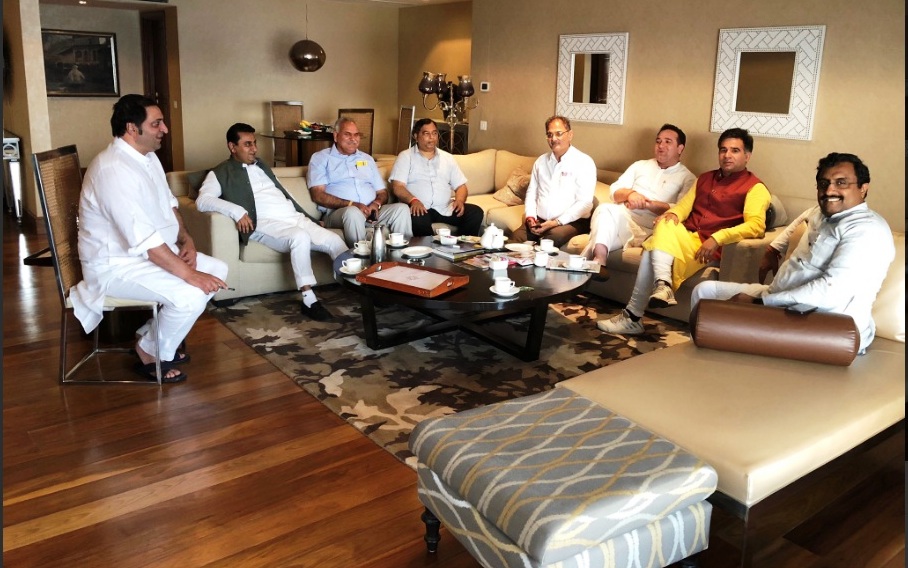
BJP does not even have one-third of the seats in the state assembly. Yet it is calling shots in writing new equations. The non-BJP legislators – 62 out of 87 – might as well not even exist. They all seem sitting ducks with the scenario aptly encapsulating the manipulations Delhi has carried out in Kashmir since 1947.
Certain observers are of the view that BJP pulled the rug to preempt an imminent PDP pull out at some point and that PDP could have damaged their image by doing so, especially if the pull out were to be executed nearer the 2019 elections. But why would PDP, which has crossed the threshold of unpopularity in Kashmir, pull out from the alliance without first ascertaining whether or not BJP would rule for another term at the centre? Why would PDP ruin a chance to piggy back on BJP for another term in the state thereafter? I think PDP pull out from the alliance before 2019 was rather unlikely given the extent to which the party had become defensive in the state politics. Preemption theory does not hold water. And therefore that begs the question as to what BJP actually wants to achieve with its recent withdrawal from the alliance.
Even while trying to incubate a potential partner in form of a new front, what is BJP’s game-plan? A Hindu Chief Minister in the Muslim majority state of Jammu and Kashmir? Creating a loyal partner for 2020 elections in the state? The first option is a political gimmick that is presumably meant for 2019 Lok Sabha elections. It will certainly help BJP in a communally hyper country that India has transformed into. BJP must, however, be trying to kill two birds with one stone. If they succeed in 2019, the manipulations planned for 2020 state campaign will fall in place relatively easily. My guess therefore is that they will either push for a Hindu Chief Minister, or a demand of similar nature, more aggressively and perhaps rotate the chief ministership over to Sajad after 2019 elections are over.
Now that we have imagined plenty of matchmaking and statecraft, let’s get a little pragmatic.
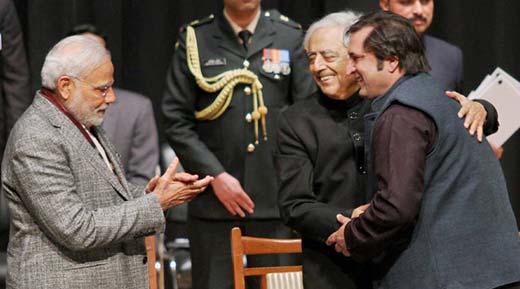
The anticlimax for the proposed new front is that anti defection law significantly retrenches rebellion within political parties in J&K. It is next to impossible to get 19 MLAs out of PDP, the two-thirds figure needed as per law, failing which there will be disqualification and the defectors will have to face elections immediately. Unless, of course, the Speaker of the house manages to put disqualification on the back burner for three years – an act which would be unprecedented and could have serious legal repercussions and possibly backfire for BJP in a big way. Even if the defectors are able to tag along some disgruntled MLAs from NC and Congress (which looks very unlikely), the anti defection law will not save the latter from disqualification. There is only one possible way out for defectors, which is to get 19 MLAs out of PDP. That is truly an uphill task. So the prospect for a productive defection looks rather bleak.
As the hope for productive defection and formation of a new front evaporates over the next few months, perhaps the most likely scenario would be the Election Commission bundling together the state and parliament elections in 2019.
Suppose the governor dissolves state assembly to hold elections alongside the parliament elections in 2019, rebels (most likely in single digits) may gather mass by then, defect, and contest elections under a different banner and under the patronage of BJP. But who is going to vote for the rebels if they carry a BJP patronage and banner behind them? Remember BJP tried to promote a party named People’s Republic Party (PRP) in 2014. Who?? It failed even in achieving the tiny quantum of dilution in the political space of the valley. BJP experimented with PRP back then even while it was tagging Sajad along as an ally.
A new front of rebels contesting under explicit patronage of BJP in new state elections is likely to fail. It will certainly hurt the individual political careers. The rebels stand to benefit only if they make numbers with the BJP now, at this very instant. So, as far as the defectors are concerned, regardless of whether they have a secure vote bank or have a weak support base, the collective rebel game we are witnessing is predominantly ‘here and now’. But the ‘here and now’ drive is up against a strong anti-defection law in the state as argued above.
Practically speaking, therefore, it seems that the rebels are going to marginalize themselves politically. Sajad, seen as orchestrating things, will also lose politically. He has already achieved one badge of dishonour – that of allying with BJP. To manipulate things at this juncture, will add another badge of dishonour to his kitty, especially if the plot falls flat on its face. If he intends to play a long innings, he can hardly afford such a misadventure. And he has already had a couple of them during his political career. There is also a refrain from our state’s history. If the state’s history is our guide, rebel burn-out that gives rise to temporary (Ghulam Muhammad Shah type) formations like that witnessed during mid 1980s do not sustain in the longer run.
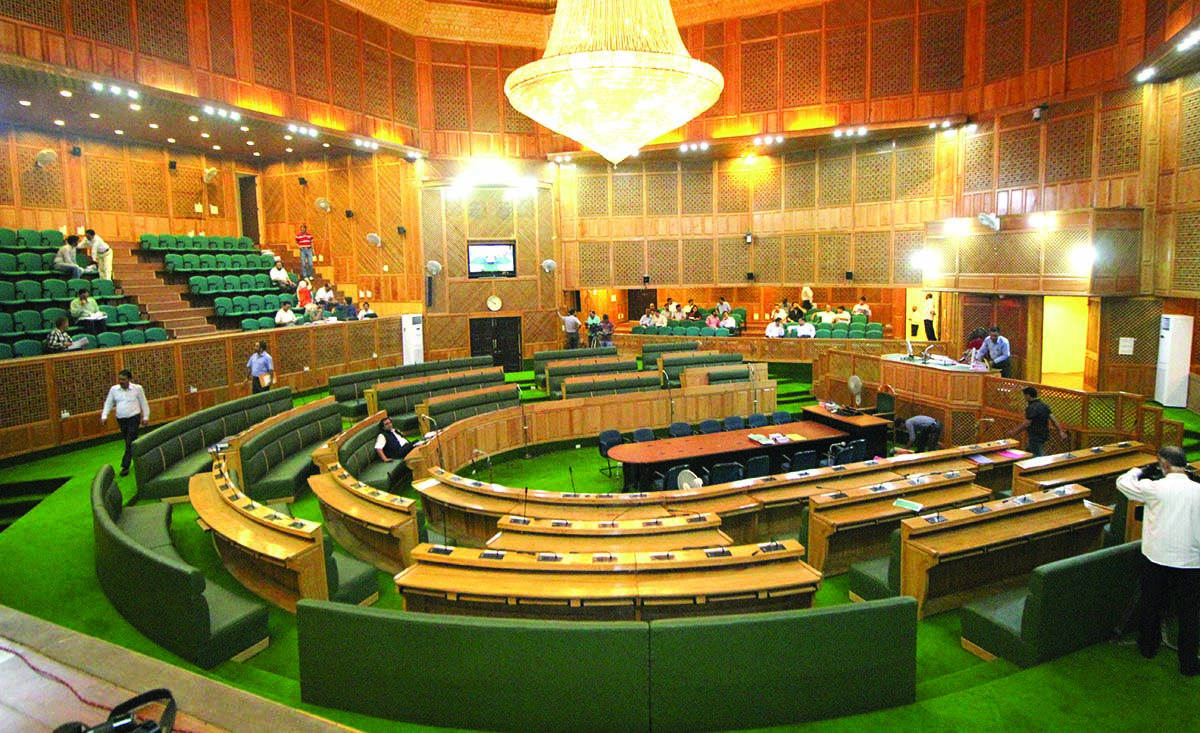
There is one more interesting dynamic to the rebel story though which serves the interests of Delhi: in case the new front gains momentum on its own, without the BJP patronage, and after state elections they ally with BJP for government formation, Congress and NC would be sitting it out for two consecutive terms. That scenario should, in theory, compel Congress to explore alliance with PDP well before the state elections in order to alter that possibility somewhat. In a hyper mode similar as that, NC would explore possibilities with BJP because it would not like to be seen as junior partner in an alliance with PDP which would be rather humiliating for the grand old party. Though it is a remote possibility that the internal rebellion might be orchestrated by PDP itself in order to woo Congress before the alliances set in for next state election, it is a political possibility nevertheless. In short, PDP could leverage the rebellion to get cozy with Congress again. Azad would definitely come in the way though because NC supported him for election to Rajya Sabha when he was struggling in that regard last time. And the fact that PDP has been painted anti national by the BJP after their withdrawal, Congress may want to stay clear of PDP till 2019 parliament elections are over.
If a pre-election, prolonged saga of defection brings NC and Congress out of their comfort zones that expands participation in the whole game. If political dramas of defection, and the resultant hyper mode that political parties are thrown into, need to be enacted to whet the appetite of electorate for voting, the drama would be worth it from Delhi’s point of view. Separatist politics has been getting scant attention on social media in Kashmir ever since the opera of defection started playing. Despite the damage done to electoral politics by PDP-BJP alliance, there is renewed interest to a certain degree. Delhi should, in theory, be satisfied with that state of affairs. For them the first and foremost challenge would be to ensure high voter turnout in Kashmir in 2019 parliament elections, and the subsequent state elections in 2020. Bundling two elections will, by the way, boost voter turnout even further. So that could be another aspect to leverage, as far as Delhi is concerned.
A low voter turnout would be deeply embarrassing for Delhi. It would be worse than the machinations and horse trading in a sensitive state such as J&K.

While generating voter interest would be a fair game, engineering defection within PDP is not going to serve Delhi’s interests. Neither will it help BJP in the long run. Between NC, PDP, and PC the party that tows Delhi’s line most faithfully is PDP. While NC has occasionally been talking about plebiscite, PDP’s founder, Mufti Muhammad Sayeed, always stood for Indian democracy. Attempts to break PDP would send a message that party concerns of BJP are more important than the integration of the state with the country. That is a position BJP would not want to be in.
PDP might, in fact, already have discovered road to recovery. As the security apparatus embarks upon an aggressive campaign against militants, PDP gets partially exonerated as a lesser evil. Separation from BJP and the internal rebellion is slowly projecting PDP as a victim of machinations and manipulations. The party is playing victim politics in which it excels. PDP can also leverage rebellion to get cozy with Congress again. And lastly, we are currently witnessing the most serious attempt ever to create a ‘third front’ in Kashmir and when it fails it will turn valley’s electoral politics into a two-party affair between NC and PDP for a long period, thus securing the political future of PDP.
(Jahangir Raina is a valley based entrepreneur)
Scroll the Debate here















